Hi everyone,
Kind of a strange title coming from me but I've pretty well decided upon using the diversity of seedlings to create a scene of this type of magnitude. This photo shows a Red Pine forest setting mainly, I think I see a fir in there but here's what I want to do:
Digital Natural History .com...
(I see this link doesn't go to the photo - please scroll to the very first link under Pinus resinosa called "Pure Stand.")
I really like the clay I have when it isn't bone dry. It's like walking on in a very descriptive view, an uprising of the depressions of ant hills, hence "fluffish" if such a word ever existed. A shovel can go in easily...
The photo depicted above is in pure sand, here's the information:
Sandy Lake, Newfoundland. South shore. June 21, 1971. [Transparency - John Maunder]
My question: I'll be likely allowing my prairie grasses to absorb every last bit of water and here's a list I previously correlated with some of you guys as well as a second list I've kept that Resin helped me with, long ago only with pines which I'd like to expand to firs & spruces & the rest of them (all "large trees") Larix (I have mastersiana & decidua & kaempferi as being my best choices) for firs: borisii-regis, homolepsis, nordmanniana, but I can't recall off hand what else. Just anything you can help me with.
Yes or No to my lists or copy/paste would be better yet and would be immensely appreciated, plus additions. I'll until the trees are taller than the grasses, mow or mash down trails and use round-up or something so I may water them, maybe mulch them with organic material (I can't afford buying mulch) and water as necessary (I have a little cart pulled by my medium-sized riding mower with a water tank that holds 25 gallons and is ran off a car battery (a sprayer tank with some power; I can use like 25 feet worth of hose if I want to)... anyway, that's the situation.
I was also thinking of using orange fencing to protect the seedlings and to keep them visible. I have a long ways to go as I need to install a shelterbelt screen first which I've tilled for and will keep managed by seeding it for temporary with turf seed...
Here are the lists:
Thanks!
Dax
Resin Recommended for where I am in Illinois:
Pinus armandii make sure you get seed from the northernmost origins (Gansu, Shaanxi); the most widespread origins in cultivation are from the south end of the range in Yunnan and only zone 8 hardy
Pinus banksiana  some susceptibility to pine wilt nematode (PWN)
Pinus bungeana  well worth a try, give it a well-drained site
Pinus cembra  worth a try, but might suffer from summer heat/humidity
Pinus contorta latifolia  likely to suffer from summer heat/humidity
Pinus densiflora - susceptible to PWN
Pinus echinata  should do very well
Pinus flexilis  may have problems with summer heat/humidity, also susceptible to white pine blister rust (WPBR)
Pinus koraiensis  should do well
pinus leucodermis  should do well. Name correction: Pinus heldreichii
Pinus monticola  likely to have problems with summer heat/humidity, also WPBR
Pinus mugo  should do well
Pinus parvifolia - should do well
Pinus peuce  (Macedonian pine) should do well
Pinus palustris - not hardy in z5
Pinus ponderosa - some probelms with summer heat/humidity, tends to vary unpredictably from individual to individual (so plant dense, and cull out the ones that get needlecast badly)
Pinus pumila - summers much too hot for this
Pinus pungens  should do well
Pinus resinosa - should do well
Pinus rigida  should do well
Pinus strobus  should do well
Pinus strobiformis  should do well, but susceptible to WPBR
Pinus tabuliformis - (note spelling) likely to have PWN problems
Pinus taeda  marginally hardy; northern origins should do well, southern origins (widely sold for forestry) won't be hardy
Pinus mugo subsp. uncinata - should do well, but PWN may be a problem later
Pinus virginiana  should do well
Pinus wallichiana - not hardy in z5
Pinus x schwerinii - should do well
Pitch x loblolly pine - should do well
Pinus ayacahuite x strobus - should do well; may be susceptible to WPBR
Recommended on the forum for clay-tolerance:
(I just wanna go over this once again)
Hardy Plants to consider for Clay Tolerant:
hibiscusfreak
Douglas Fir
-Concolor Fir
-Norway Spruce
-Colorado Blue Spruce (various)
-Pinus Strobus
-Hicksii Yews
-Hinoki Cypress
-Blue Atlas Cedar
-Weeping Alaskan Cedar
-Dawn Redwood
-Hemlock
-Thujas (various)
justintx
Cedrus deodara
Pinus thunbergii
Taxodium mucronatum
Resin:
Abies nordmanniana and A. borisii-regis would probably be the most reliable, I'd go for them. Also give A. holophylla a go.
Tsuga are also worth a try if you have humus-rich clay and some shade and shelter; zone 5 is I think too cold for hemlock woolly adelgid so T. canadensis should be OK; also try T. diversifolia and T. chinensis. They won't like it dry though, put them close to any streams or permanent soil moisture.
----------------------
Thank you! Dax
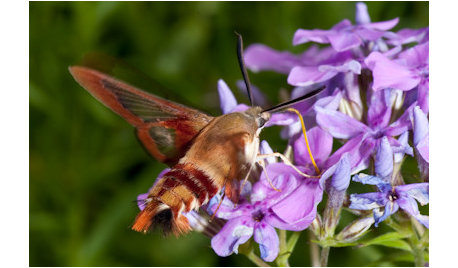
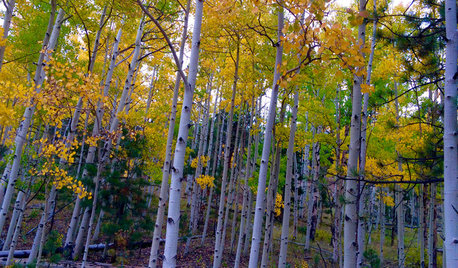
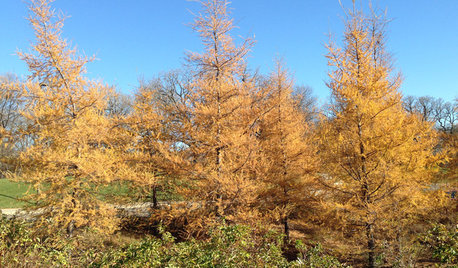


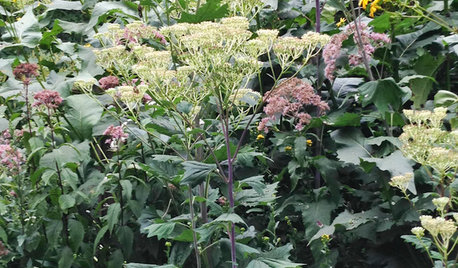








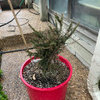


lou_spicewood_tx
ken_adrian Adrian MI cold Z5
Related Discussions
prairie maintenance
Q
Prairie plant seedling ID
Q
Re-establishing natives in Woodland restoration project
Q
Prairie start-up
Q
conifersOriginal Author
Fledgeling_
Fledgeling_
tsugajunkie z5 SE WI ♱
tsugajunkie z5 SE WI ♱
conifersOriginal Author
ken_adrian Adrian MI cold Z5
mckenna
conifersOriginal Author
conifersOriginal Author
deebs43
AlliYum
conifersOriginal Author